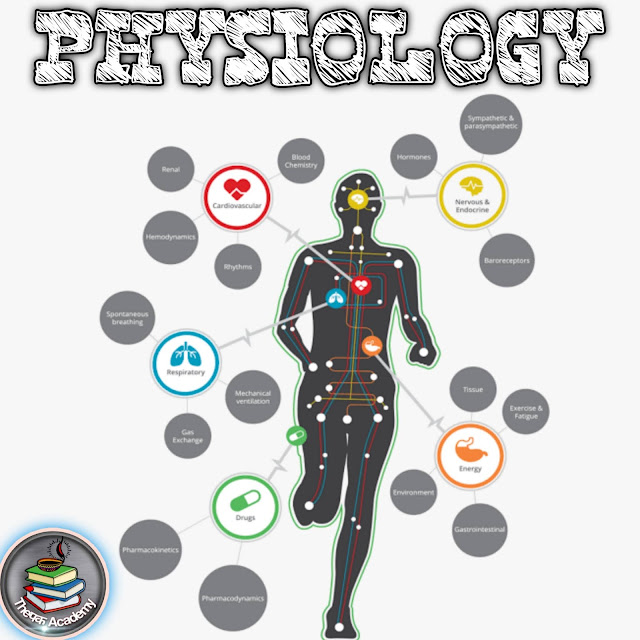Q.:- What is the definition of Anatomy?
Or
What is the definition of Physiology?
Ans.:-
Introduction:-
Anatomy is a science that deals with the structure of the body and the relationship of various parts to each other . A knowledge of these structure is necessary to understand their functions.
The subject Matter of anatomy includes:
- Cytology - study of cells
- Histology - study of tissues
- Osteology - study of bones
- Myology - study of muscles
- Arthrology - study of joints
- Splanchnology - study of organs
- Neurology - study of the nervous system
Descriptive terms used in Anatomy : The arrangement of various parts of the body may be :
- Symmetric e.g. limb eyes ears and lungs. Their arrangements on the right side and left side are similar.
- Asymmetric e.g. spleen and liver the spleen lies entirely in the left side. Liver lies mostly on the right side.
The study of human body is done in Anatomical position. In this position, the body is erect, the heart facing forward arms by the sides and palms of hand facing forward.
The following are a few important term which are used to describe the human body :
- Median line ( mid seggittal plane ) : the central plane which divides the body in to halves I.e. right and left.
- Medial : Nearer to the medial line
- Lateral : Away from the median line
- Superior : Nearer to the head
- Inferior : Nearer to the foot
- Anterior : Nearer to the surface of the body
- Posterior : Nearer to the back surface of the body
- Proximal : Nearer to the origin of the structure
- Distal : Away from the origin of the structure
- Superficial : Nearer to the skin surface
- Deep : Deeper from the skin surface
- Flexion : A movement where similar surfaces come nearer to each other . This reduces the angel between two bones e.g. bending the forearm at the elbow .
- Extension : movement where similar surfaces go apart. Here, the angel between two bones is decreased. It is the opposite of flexion e.g. straight ening of the bent forearm.
- Addiction : A movement which brings the limb towards mid line.
- Abduction ,: it is the opposite of addiction where the limb is drawn away from the mid line.
- Rotation : A movement around a central axis involving 360
- Medial rotation : A rotation towards medial directions.
- Lateral rotation :A rotation towards lateral directions.
- Circumduction : A movement involving flexion, abduction, extension and adduction which occur in a sequence. This movement occurs in shoulder, hip etc.
Physiology:-
Physiology is the science of life which deals with normal function of the body. It explains how various systems in the body function together normally as a single unit.
The subject matter of physiology includes the study of various systems like:
- Central nervous system
- Cardiovascular system
- Digestive system
- Excretory system
- Respiratory system
- Reproductive system etc.
Written by:- DRX Aman Pratap Singh
Thanking you for read my blog 😁😁

















2 comments
I liked this reading & Thanks for this knowledge..
ReplyDeleteWonderful blog
ReplyDelete